| Type | Description | Contributor | Date |
|---|---|---|---|
| Post created | Pocketful Team | Aug-18-25 |
Read Next
- What is a Harami Candlestick Pattern?
- What is Average Traded Price in Stock Market
- What is MIS in Share Market?
- 7 Common Mistakes in Commodity Trading New Traders Must Avoid
- Brokerage Charges in India: Explained
- What is a BTST Trade?
- How to Do Algo Trading in India?
- What Is CMP in Stock Market?
- MTF Pledge vs Margin Pledge – Know the Differences
- Physical Settlement in Futures and Options
- List of Best Commodity ETFs in India
- Bullish Options Trading Strategies Explained for Beginners
- Best Brokers Offering Free Trading APIs in India
- Top Discount Brokers in India
- Best Charting Software for Trading in India
- Benefits of Intraday Trading
- What are Exchange Traded Derivatives?
- What is Margin Shortfall?
- What is Central Pivot Range (CPR) In Trading?
- Benefits of Algo Trading in India
10 Best Books for Stock Market Technical Analysis
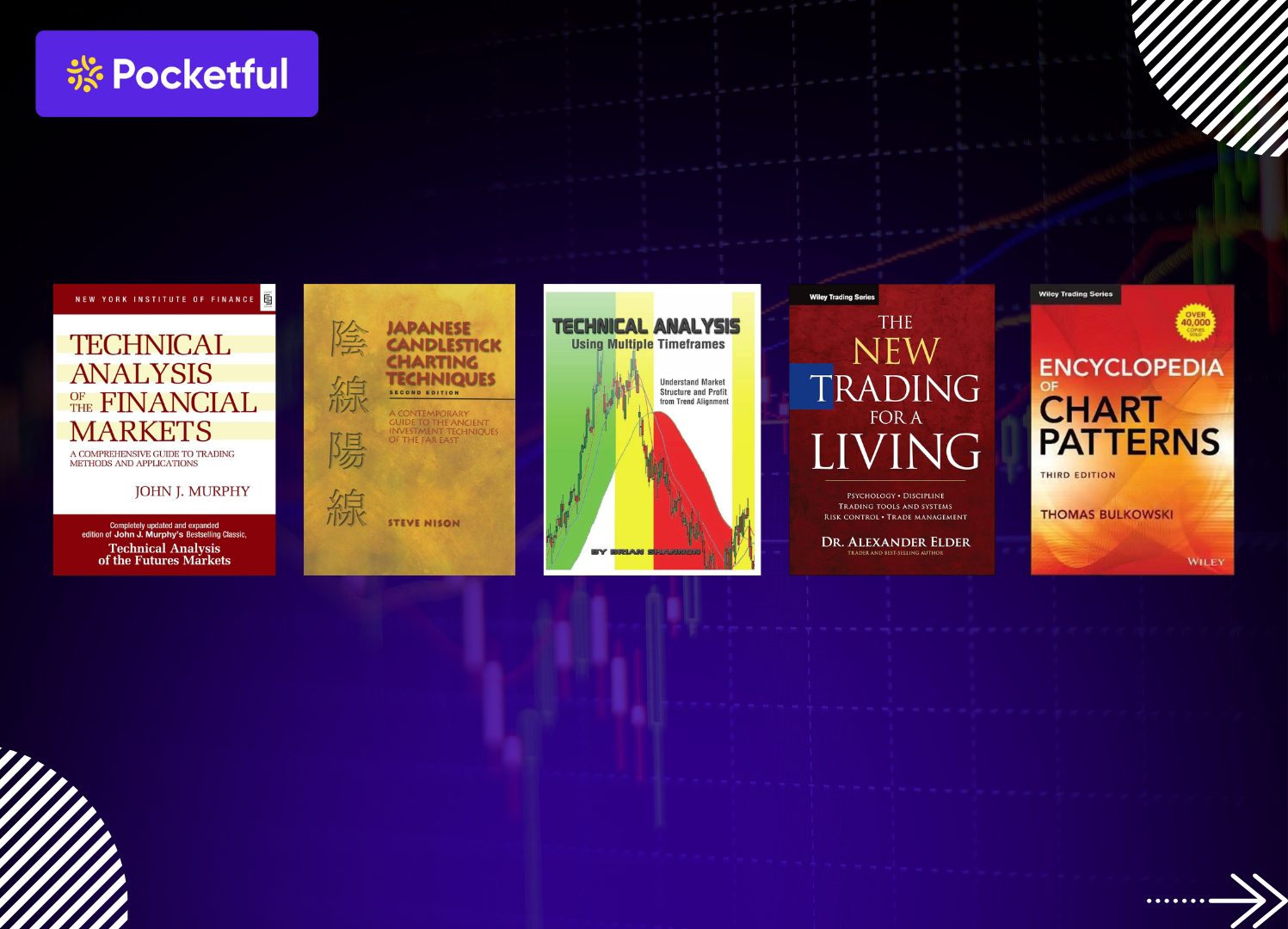
Success in trading is not just luck; it comes with the right knowledge, which can be obtained from a good technical analysis book. In today’s era where the market makes new moves every day, it has become necessary for every trader to build a strong technical base. No matter how much YouTube and short courses teach, in-depth understanding is only gained from reading the best books for technical analysis.
In this article, we will talk about those technical analysis books which are considered to be the most effective in 2025 whether you are a beginner or a professional, these books can completely change your trading game.
10 Best Technical Analysis Books for Stock Market in 2025
| Book Name | Author | Who Should Read It? | Key Highlights |
|---|---|---|---|
| Technical Analysis of the Financial Markets | John J. Murphy | Traders looking to build a strong technical foundation | Most comprehensive guide on indicators, trends, and chart patterns |
| Japanese Candlestick Charting Techniques | Steve Nison | Traders who want to master candlestick patterns | Original source of candlestick strategies with practical examples |
| Trading in the Zone | Mark Douglas | Traders who frequently make emotional or impulsive decisions | Deep dive into trading psychology and discipline |
| Technical Analysis Using Multiple Timeframes | Brian Shannon | Intraday and swing traders | Teaches how to analyze price action across multiple timeframes |
| The New Trading for a Living | Dr. Alexander Elder | Traders looking for a full system (entry, mindset, risk) | Combines Triple Screen system, risk management, and planning |
| Encyclopedia of Chart Patterns | Thomas Bulkowski | Pattern-focused traders and researchers | Over 65 chart patterns analyzed with real market data |
| Charting and Technical Analysis | Fred McAllen | New traders starting their technical journey | Basic concepts explained in simple, easy-to-understand language |
| Come Into My Trading Room | Dr. Alexander Elder | Traders aiming to approach trading professionally | Step-by-step guide on analysis, execution, and self-review |
| How to Make Money in Stocks (CAN SLIM) | William O’Neil | Traders who want to combine fundamentals and technicals | CAN SLIM strategy blending chart patterns with earnings, volume |
| The Art and Science of Technical Analysis | Adam Grimes | Traders interested in professional or quantitative analysis | Strong focus on data, stats, and realistic trading psychology |
Brief Overview of the 10 Best Technical Analysis Books
A summary of the 10 best Technical Analysis Books has been given below:
1. Technical Analysis of the Financial Markets
This book is considered the most reliable guide in the world of technical analysis, often called the “Bible” of trading. John J. Murphy, a former CNBC technical analyst, has explained chart patterns, trend lines, indicators and market behavior in detail. The book is about 500 pages long and provides theory as well as a practical approach. Whether you do day trading or swing trading, it is useful for every trader. Information on computer-based charting tools and the latest technologies has also been added to it as of 2025. If you are looking for a technical analysis book that teaches everything from beginner to advanced, then this book is an excellent choice.
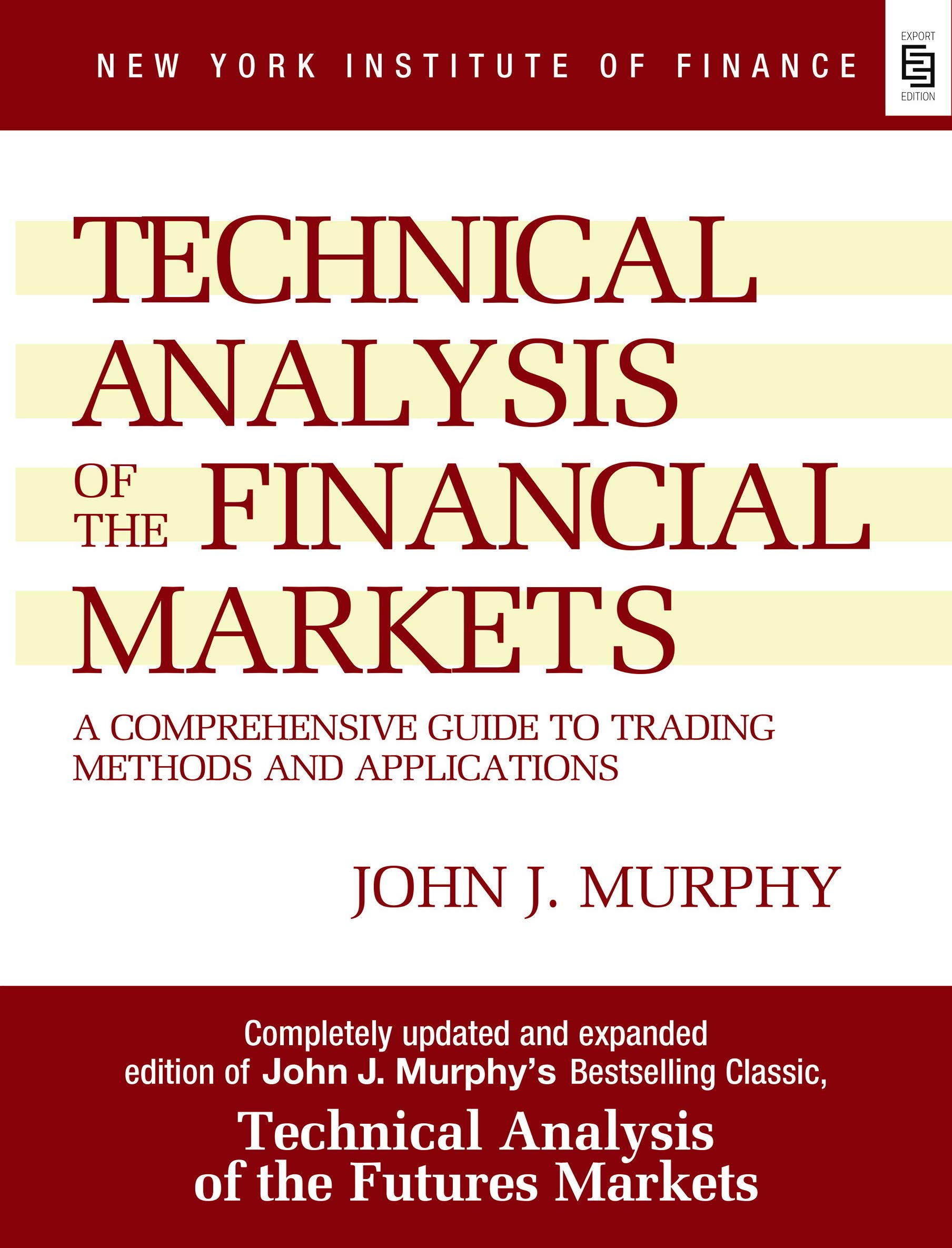
2. Japanese Candlestick Charting Techniques
If you want an in-depth understanding of candlestick patterns, then this book is best suited for you. Steve Nison is credited with popularizing candlestick charts in the western world. In this book, many popular patterns like Doji, Hammer, Engulfing are explained with explanation. Charts and real trading examples make it extremely practical. This book not only teaches individual patterns, but also explains how they can be combined with other indicators to create strong signals. Even in 2025, candlestick analysis is considered the most reliable for intraday and swing trading, and this book gives a strong foundation for the same.
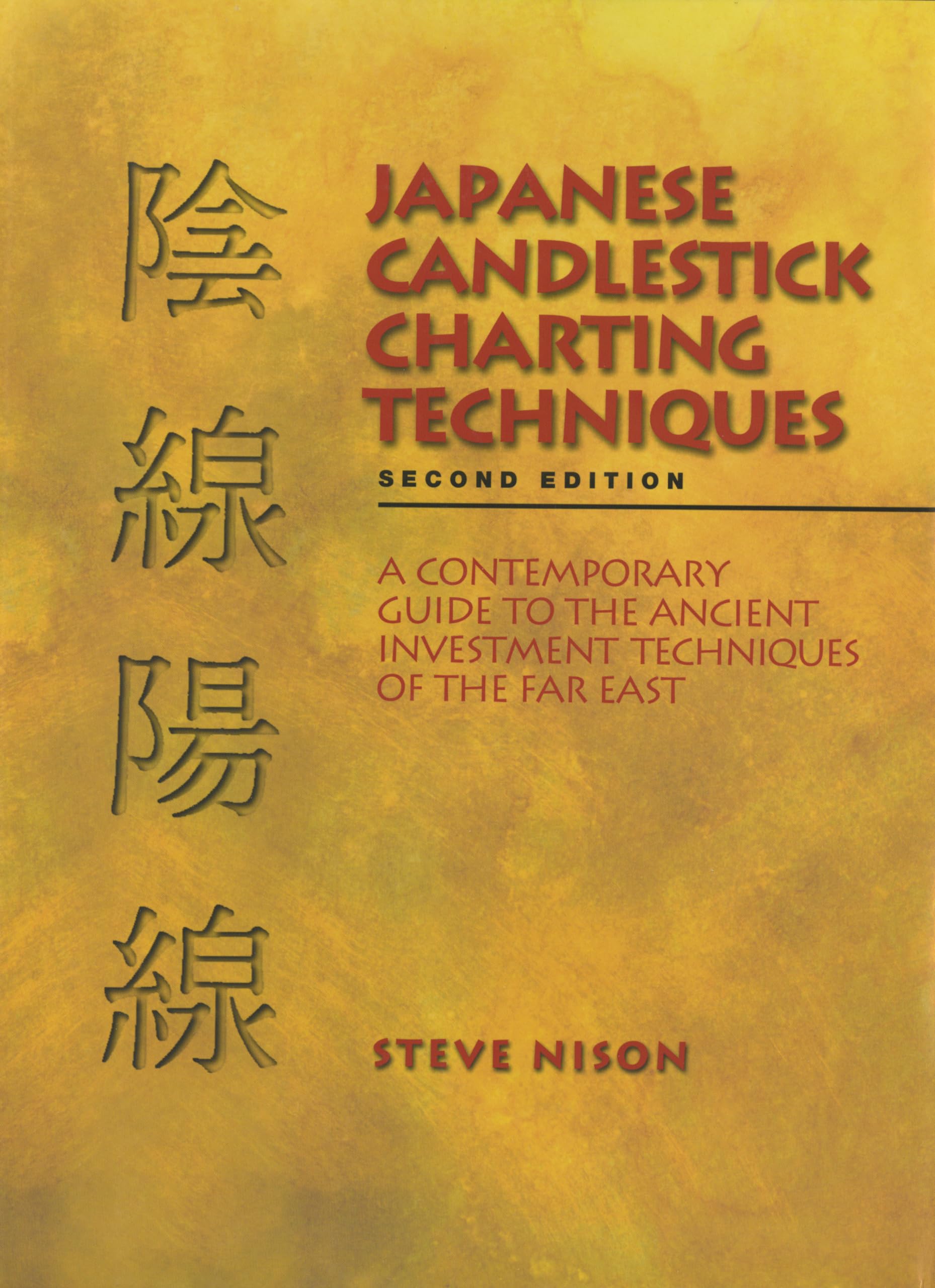
3. Trading in the Zone
This book focuses on trading psychology rather than technical analysis, but is just as important. Mark Douglas explains that the biggest part of successful trading is your mental state, not strategy. Traders often make mistakes like fear of loss, overtrading or haste—this book teaches them to control them. Written in simple language, this book can completely change your way of thinking. In 2025, when markets are volatile, this book has become an essential guide to maintaining trading discipline.
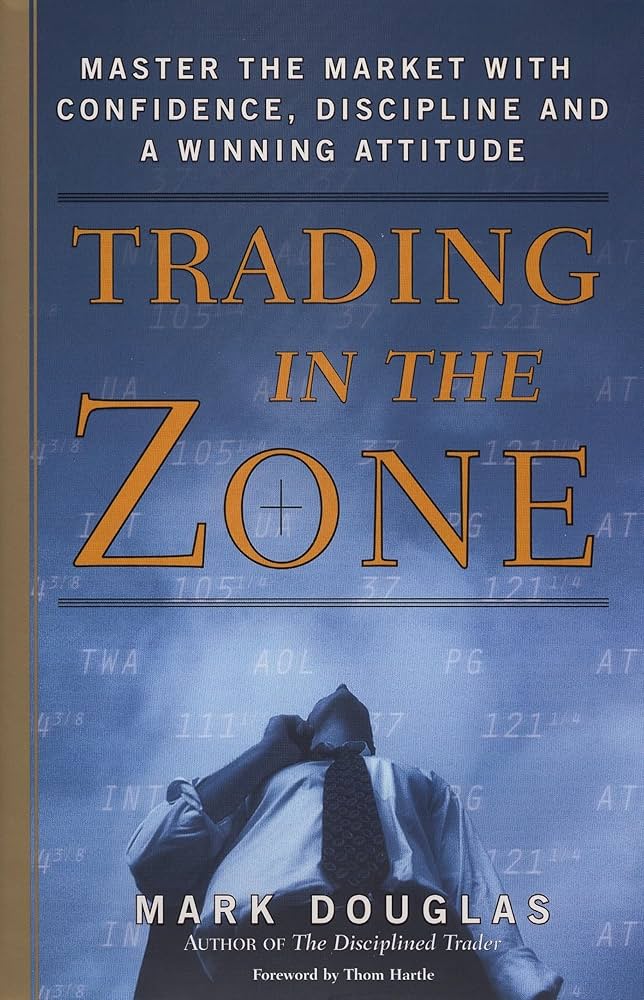
4. Technical Analysis Using Multiple Timeframes
This book by Brian Shannon is especially for those traders who want to understand price action on different timeframes. It explains how to read the same stock or index in different ways on 15 minute, 1 hour and daily charts. This technique gives the trader better entry and exit points. The focus of the book is on price structure, trend analysis and volume. In 2025, when traders do multi-timeframe analysis on mobile or web charts, this book is a very practical and up-to-date guide.
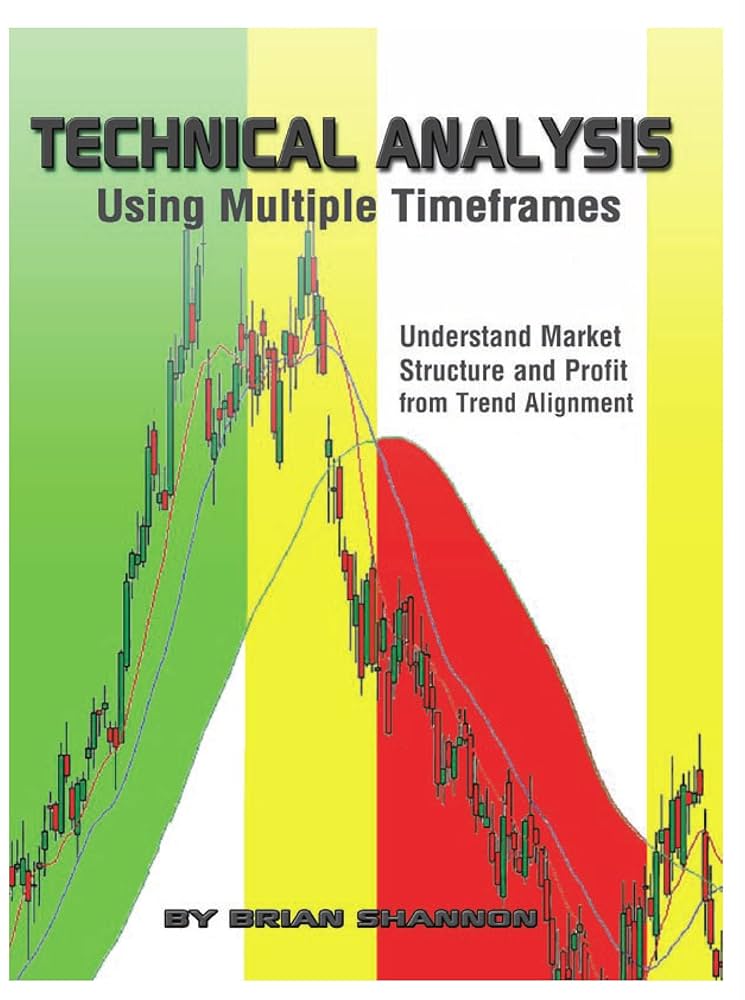
5. The New Trading for a Living
This book by Dr. Elder teaches a complete trading system including analysis, entry, exit, money management, and psychology. It also includes his famous Triple Screen Trading System, which is still as relevant today. This book is especially for those who want to take trading seriously and work on the whole process, not just signals. It includes information on charts, indicators (such as MACD, EMA), and journaling. If you want to learn from a professional approach, then this can be considered the best book for trading discipline in 2025.
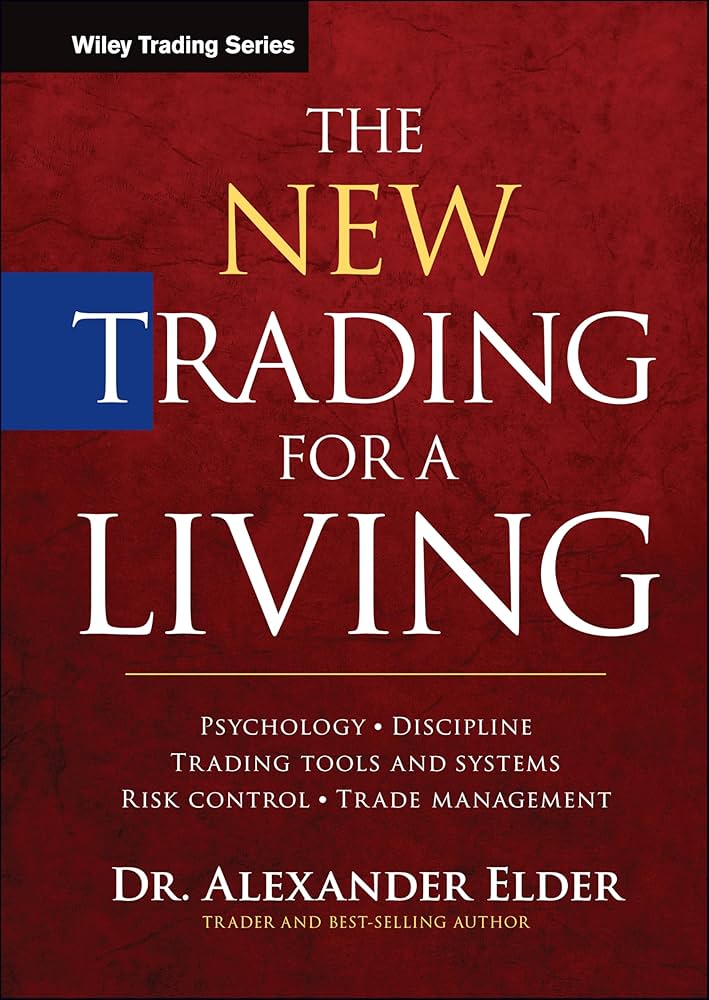
6. Encyclopedia of Chart Patterns
If you want to go deep into chart patterns, then this book is like a reference book for you. Thomas Bulkowski has statistically analyzed more than 65 chart patterns in it such as Head & Shoulders, Flags, Wedges, etc. Each pattern is accompanied by its success rate, failure chance, and performance data. This book is for those traders who want to make their analysis data-based. In 2025, where backtesting and quant-based analysis are growing rapidly, this book gives you a strong technical edge.
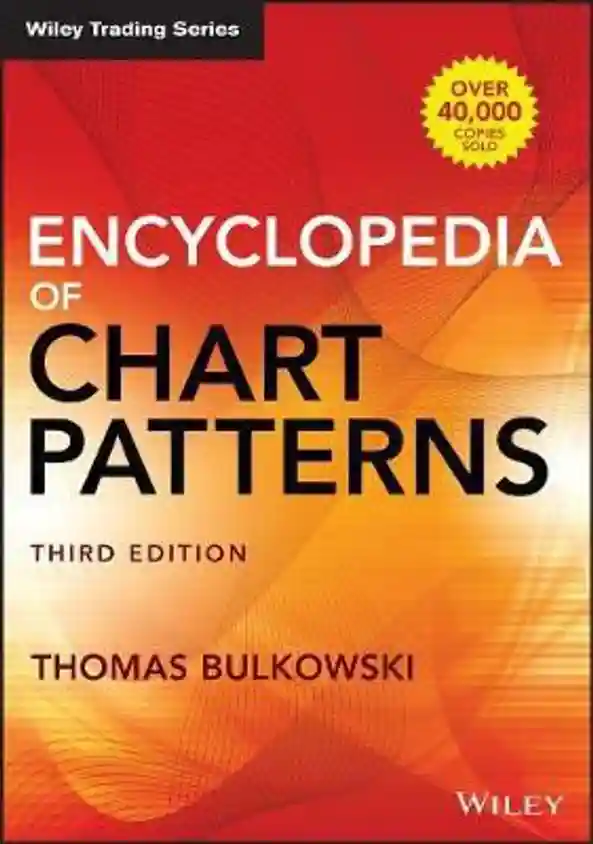
7. Charting and Technical Analysis
This book is for those who are just starting technical analysis and want to understand in simple language. Fred McAllen has explained chart patterns, support-resistance and basic indicators in a very easy way. The book is characterized by its simplicity, no heavy theory, just the essentials and their practical explanation. If you are learning technical analysis for the first time, and do not want the book to be cumbersome, then this is a great beginner’s guide. Even in 2025, this book is considered to be the easiest technical analysis book for beginners.
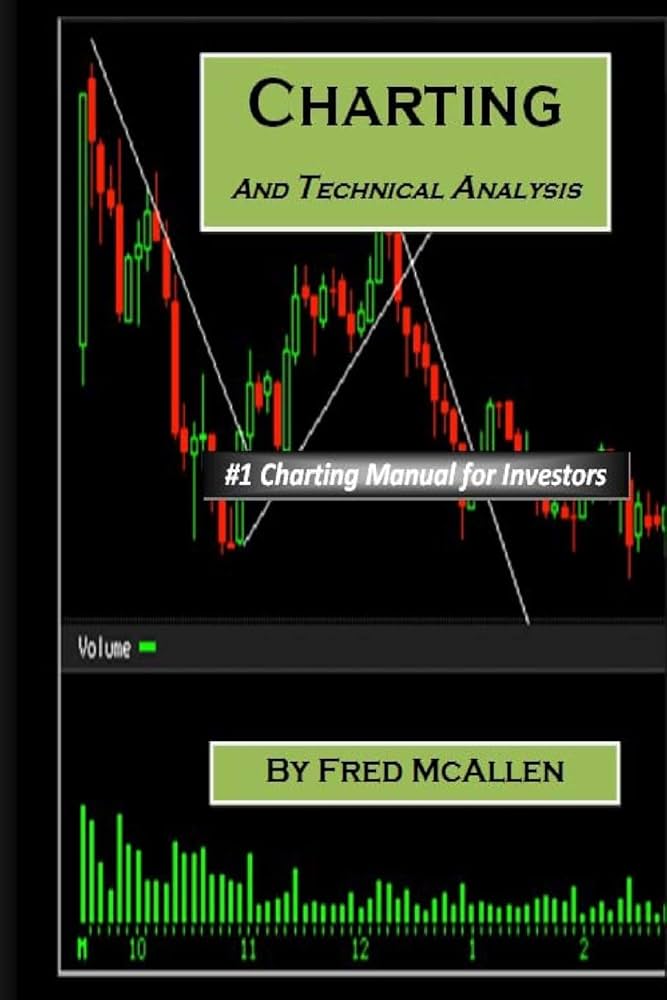
8. Come Into My Trading Room
This second book by Dr. Elder goes a step further than his first book. It not only provides technical analysis, but also a complete plan of how to take trading as a profession. The book gives guidelines like maintaining a diary, reviewing each trade, and identifying your mental tendencies. This book teaches to create a structured routine so that you can make trading a serious and regular process. In 2025, when shortcuts are causing more losses, this book gives ideas about long-term trading success.
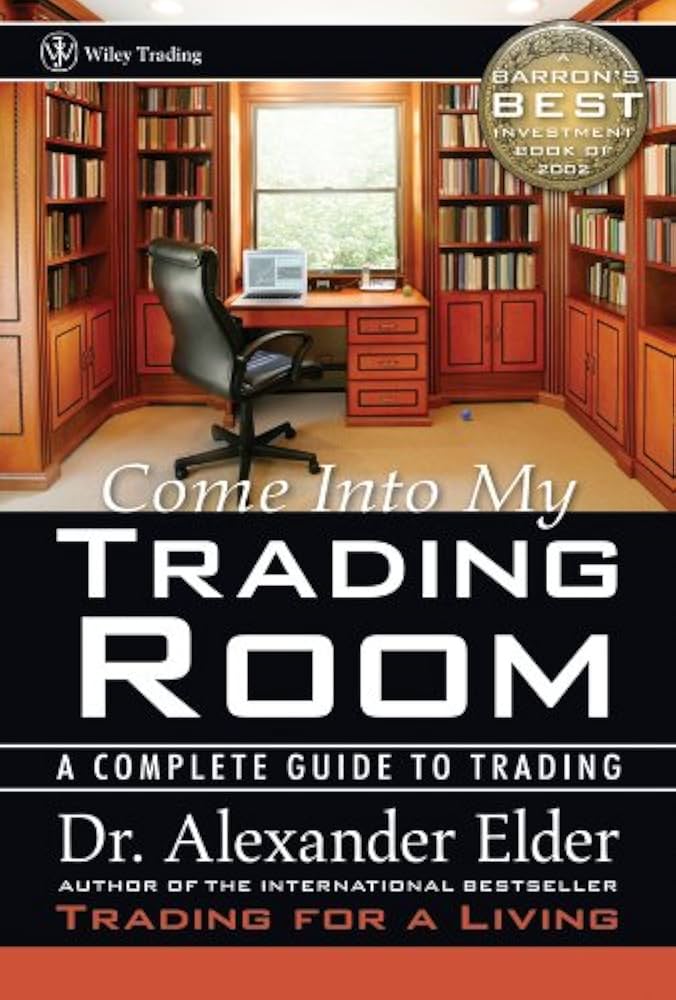
9. How to Make Money in Stocks (CAN SLIM)
This book by William O’Neil is a combination of technical and fundamental, which is based on a strategy called CAN SLIM. It explains how to select stocks by combining earnings, market trends, and chart breakouts. This book is especially for those who want to do swing or positional trading and do not want to depend only on indicators. Many successful traders in India also follow this model. In 2025, when data-driven analysis is in trend, this book is considered to be an excellent trading analysis book.
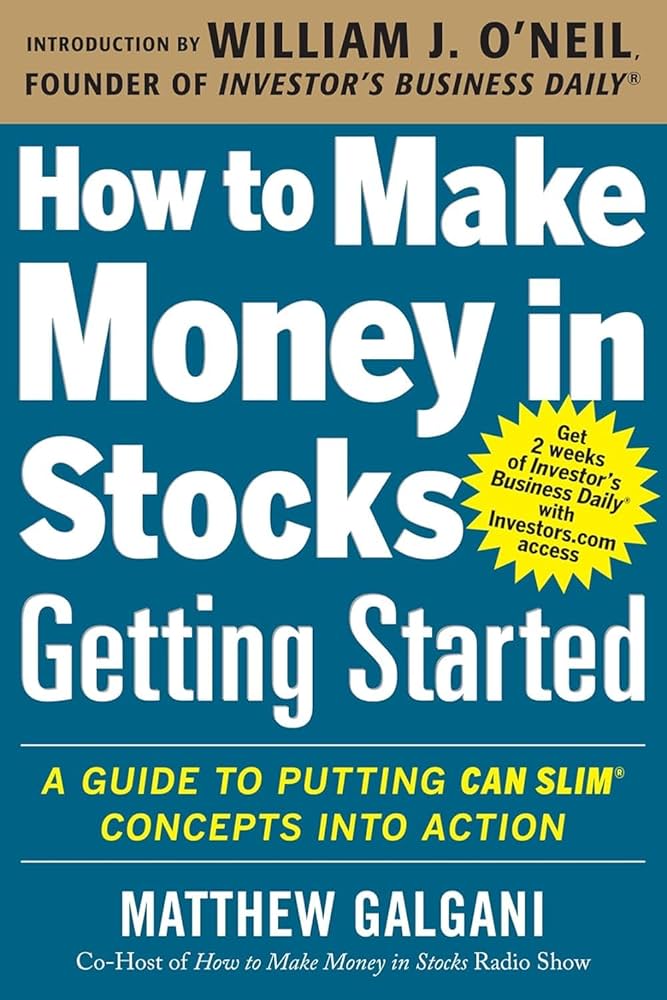
10. The Art and Science of Technical Analysis
This book is for those traders who want to understand technical analysis from a professional and data-based perspective. Adam Grimes has explained emotional bias, probability, and chart patterns in a scientific way. This book is not for beginners but for those who want to go deeper into the market and learn logical decision-making. This book teaches you that technical analysis is not just drawing lines but a way of thinking. In the advanced trading environment of 2025, this book is extremely useful for long-term success.
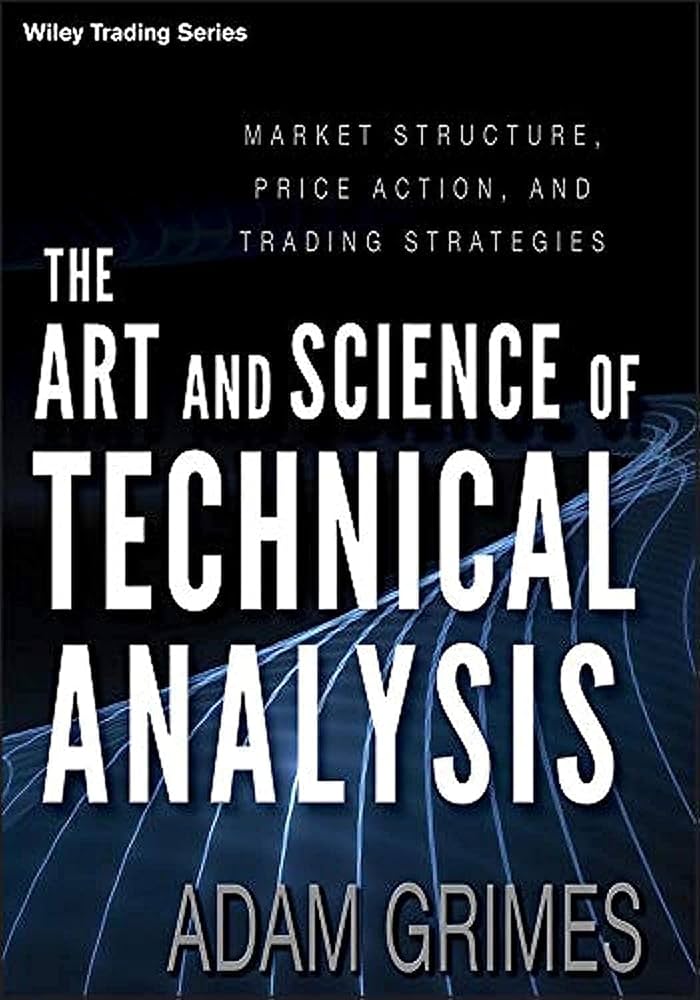
Why Read Technical Analysis Books in 2025?
In today’s fast-paced trading world, information is everywhere, but deep and structured learning is rare. Technical analysis books provide a comprehensive, step-by-step approach that short videos and free PDFs often cannot offer.
- YouTube and free PDFs cannot teach everything : Nowadays short videos and free content are available everywhere, but their biggest drawback is – lack of in-depth and systematic learning. Trading is not a game, it is a professional skill, which cannot be learned only with superficial knowledge.
- Structured Learning : A good technical analysis book explains every concept to you in detail and in a correct order. This not only strengthens your foundation, but also develops logical thinking and discipline.
- Reliable Information : When indicators deceive or the mind gets confused, then these books work as a reference guide for you like a trusted companion.
- Complete knowledge in one place : Chart patterns, indicators, psychology, money management, strategies in-depth information on all these topics is available in one place, which is priceless for any serious trader.
- These books are still relevant in 2025 : Even in today’s trading environment with AI and automated tools, books help in making decisions based on solid thinking and logic which is more important than any software.
Benefits of reading Technical Analysis Books
Various benefits of reading technical analysis books are given below:
- Builds a strong base : When you start trading, charts, indicators and patterns seem quite complicated. A good technical analysis book helps you explain all these basic tools slowly and in easy language.
- Beneficial in the long term : The better the knowledge, the lesser the risk. By reading the best book for stock market technical analysis, you learn to control losses in trading and maximize profits.
- Ability to do your own analysis : Books do not let you depend on others. You can read the charts yourself and take your trading decisions yourself without tips.
How to choose the right Technical Analysis book?
Choosing the right book ensures that your learning is efficient and practical. You can follow the steps below to pick a book that truly matches your level and goals:
- Identify your needs and level : If you are a beginner, choose a book that explains basic concepts and charts. If you are at the intermediate or pro level, a book with advanced strategies or indicators will be more helpful.
- Check the author’s experience and background : It is better if the author whose book you are reading is a trader or market analyst himself. An author with real market experience talks about more practical and useful things.
- Read reviews and ratings : The value of the book can be estimated by looking at the reviews of genuine readers on platforms like Amazon or Goodreads.
- Updated and relevant content : The market is changing, so your book should also be updated. Choose a book with tools and strategies that are useful in today’s market rather than old theories.
- Check the language and level of understanding : The language should be easy, especially if you like to read in Hindi. A book that explains complicated terms in an easy way is more effective.
Read Also: 10 Best Price Action Trading Books
Conclusion
For successful trading in the stock market, just knowing the indicators is not enough, the right mindset and strategy are equally important. This mindset is what you get from a good technical analysis book. The books mentioned above not only teach tools and chart patterns, but also help you understand how the market participants think. If you are really looking for the best book for trading, then choose a book according to your needs and experience and read it completely. Remember, every decision in the market is important and a good book can help you make better decisions at every step.
Frequently Asked Questions (FAQs)
What is the best technical analysis book for beginners?
Technical Analysis of the Financial Markets” by John J. Murphy is considered to be an excellent book for beginners.
Can I learn trading only by reading books?
Books give a good understanding, but practical experience and being active in the market is equally important.
Are these books useful for intraday traders?
Yes, most books provide information about indicators and charts which are very helpful in intraday trading.
Are technical analysis books expensive?
Some international titles can be costly, but there are also budget-friendly options available, including online editions and PDF versions.
Do these books include Indian stock market examples?
Most of the books are international, but their concepts are also applicable in the Indian market. Books by some Indian authors are also available.
Disclaimer
The securities, funds, and strategies discussed in this blog are provided for informational purposes only. They do not represent endorsements or recommendations. Investors should conduct their own research and seek professional advice before making any investment decisions.
Article History
Table of Contents
Toggle